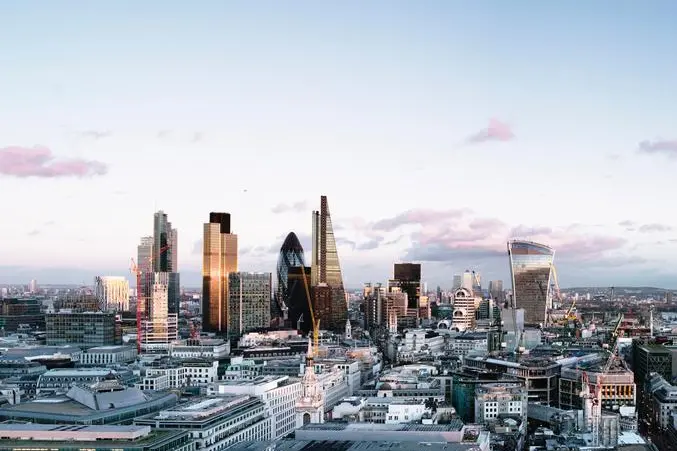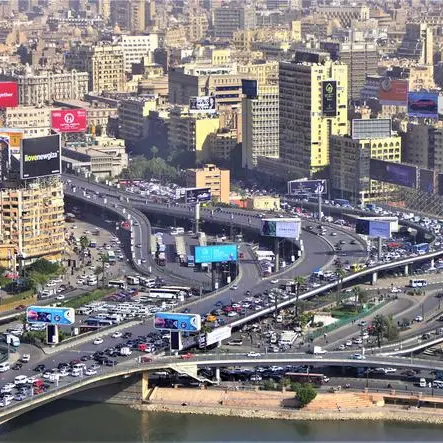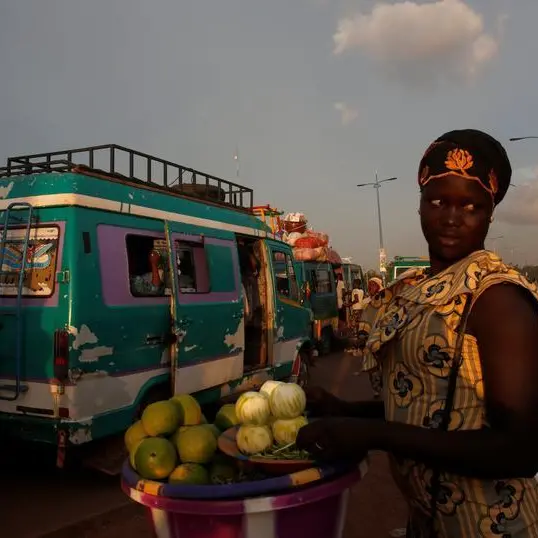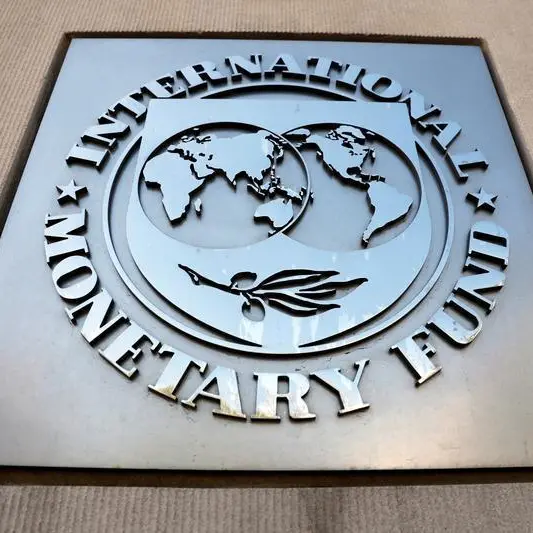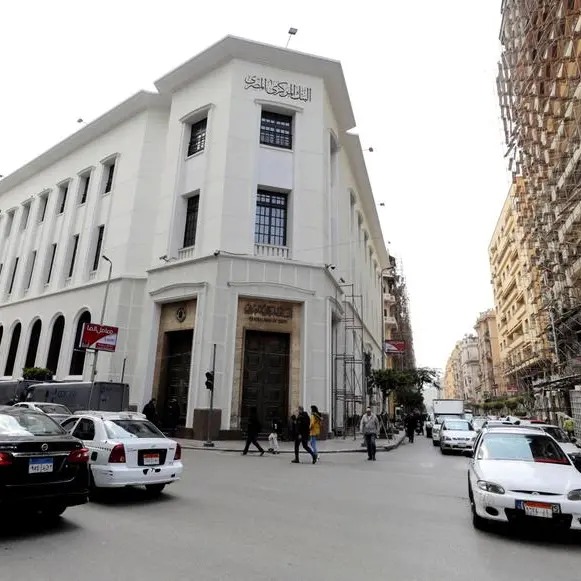PHOTO
As the UK government finalizes plans for the forthcoming COP26 climate summit, this Sunday’s World Population Day will underline how much demographic issues have risen up the political agenda in recent years, especially on the sustainability front.
In part, this is driven by the fact that many countries, especially in the developing world, are seeking to redefine what sustainability means in terms of their economic and population growth. This will help drive the continued rise of the world’s population, from about 7.7 billion today to an expected 10 billion in 30 years’ time.
But this growth will not be distributed uniformly. According to the UN, more than half of it will be concentrated in just nine countries, mainly in the developing world, but also including the US, while in more than 50 countries or areas population is expected to decline, including China.
Overall, growing populations are also driving another significant trend: Urbanization. In 1800, less than 3 percent of the population lived in cities, but by 2008 this had risen to more than 50 percent, and there were 26 megacities (cities of 10 million or more inhabitants). The proportion is expected to increase to 68 percent by 2050.
Despite the economic success of megacities, governments are preparing for the growing risks these massive urban centers pose. Key questions to be addressed include whether it will be possible to continually meet cities’ everyday food, water and health needs, while also dealing with the growing vulnerability of large urban areas to environmental stresses exacerbated by the effects of climate change.
There is already cause for some concern, as shown by the heatwave earlier this month that saw temperatures reaching 20 degrees Celsius higher than normal in parts of the northwestern US and southwestern Canada. Portland, a typically cool and wet US city, experienced 46.6C heat, which saw highways buckle and power cables melt.
This highlights the key issue of preparedness. One reason heatwaves, such as the one in Paris in 2003, can be so devastating is because both the public and the authorities are unprepared for dealing with such extreme conditions, which are often exacerbated by building practices, especially a lack of air conditioning.
The main risk for riverine megacities on coastal plains is their increasing vulnerability to rising sea levels and river flooding. There will be further episodes such as the one in New Orleans in 2005, when the city was hit by Hurricane Katrina and its lack of adequate flood protection and warning systems were exposed. In at-risk countries, such as the Netherlands, researchers are preparing for such problems with state-of-the-art early warning and monitoring systems, including for the effects of subsidence, to protect coastal communities.
The larger the urban area, the greater the damage natural hazards can inflict. Increasingly, it may be impossible to protect life and property, even if there is a good warning system. As major hurricanes in places such as Houston have shown, despite the known dangers from combined hazards such as winds and floods, there is now sometimes insufficient time to evacuate some cities safely, even highly developed ones.
This means there is a pressing need for cities to develop emergency refuge areas. In some cases, these may already exist, but in most cases they will need to be built from scratch. Thus, engineers and planners are considering how to identify and design such emergency centers, whether outside or within buildings, and how these should be connected to the wider urban system, including transportation.
Training populations to use the centers effectively is also essential. Emergency energy supplies for communities, which are essential for medical emergencies, need to improve too, including by using advanced solar power.
Because of the failures to deal with some recent hazards impacting megacities, governments are planning for multiple challenges and developing strategies for managing the range of environmental factors that could emerge. Several cities are also experimenting with air quality hazard indicators based on complex models to tell citizens how their urban environment varies hourly and over the longer term.
What these models need is improved availability of relevant environmental and socioeconomic data. Here, international agencies such as the World Meteorological Organization, as well as governments, need to collaborate more and make the maximum use of digital technology and communications. This will better enable data showing how people experience both rapidly occurring hazards, such as tornadoes, and slower, but still deadly, phenomena such as loss of crops from rising sea levels and salt penetration.
Fortunately, megacities have a global organization for information exchange and collaboration called C40 Cities. The future agenda here includes enhanced intercity cooperation on policies for dealing with hazards and putting more pressure on governments to assist, especially with finance and data, plus strategic priorities.
- Andrew Hammond is an Associate at LSE IDEAS at the London School of Economics.
Copyright: Arab News © 2021 All rights reserved. Provided by SyndiGate Media Inc. (Syndigate.info).
